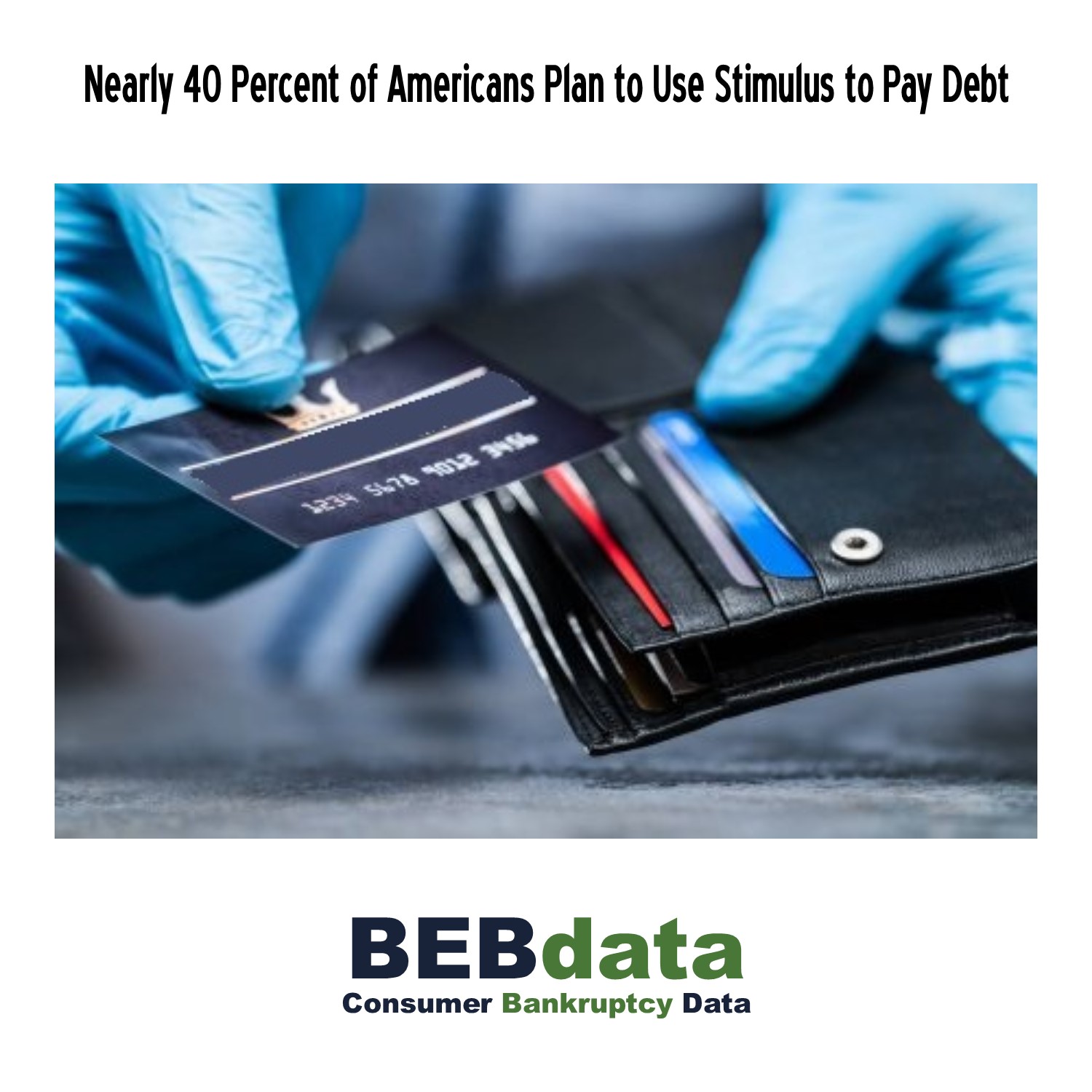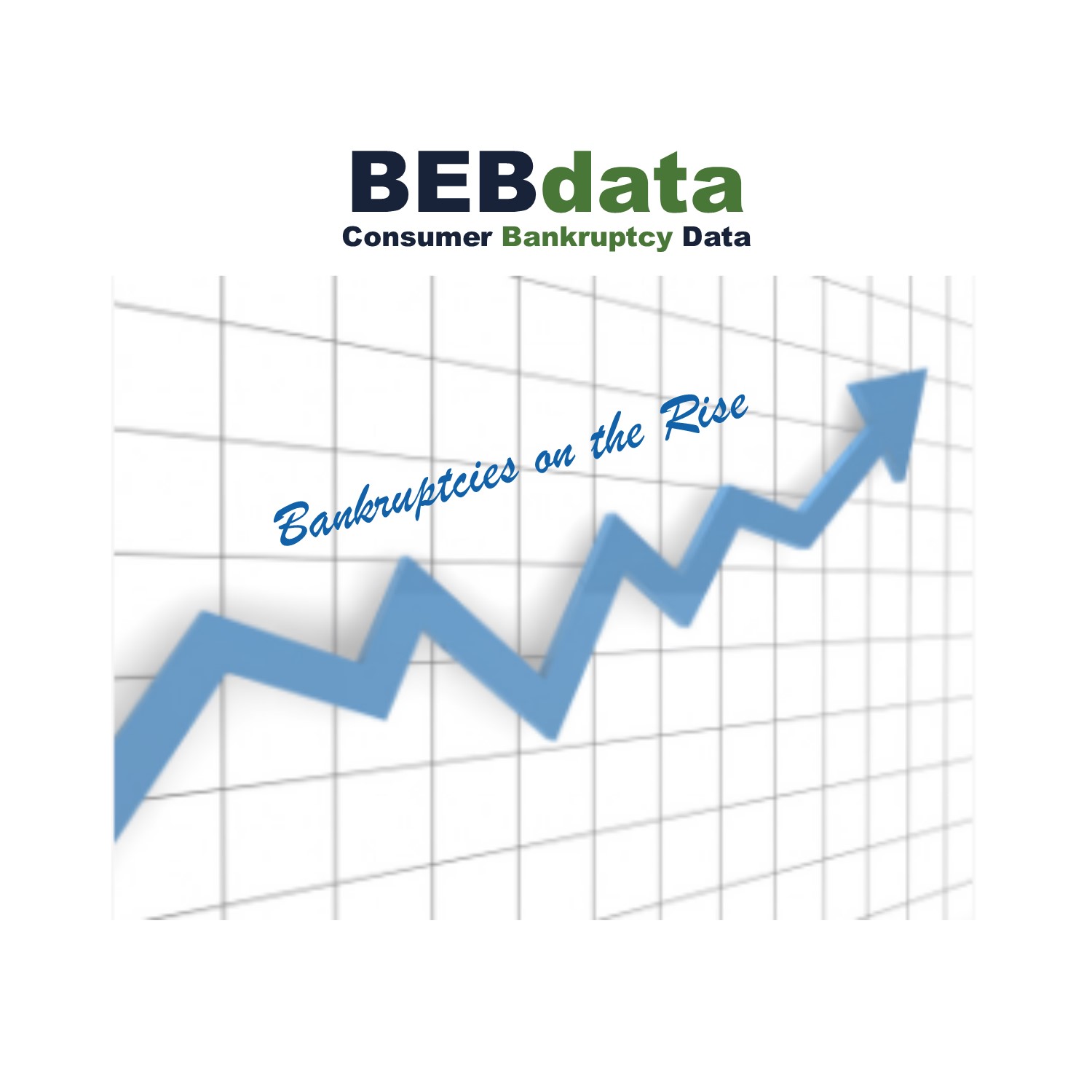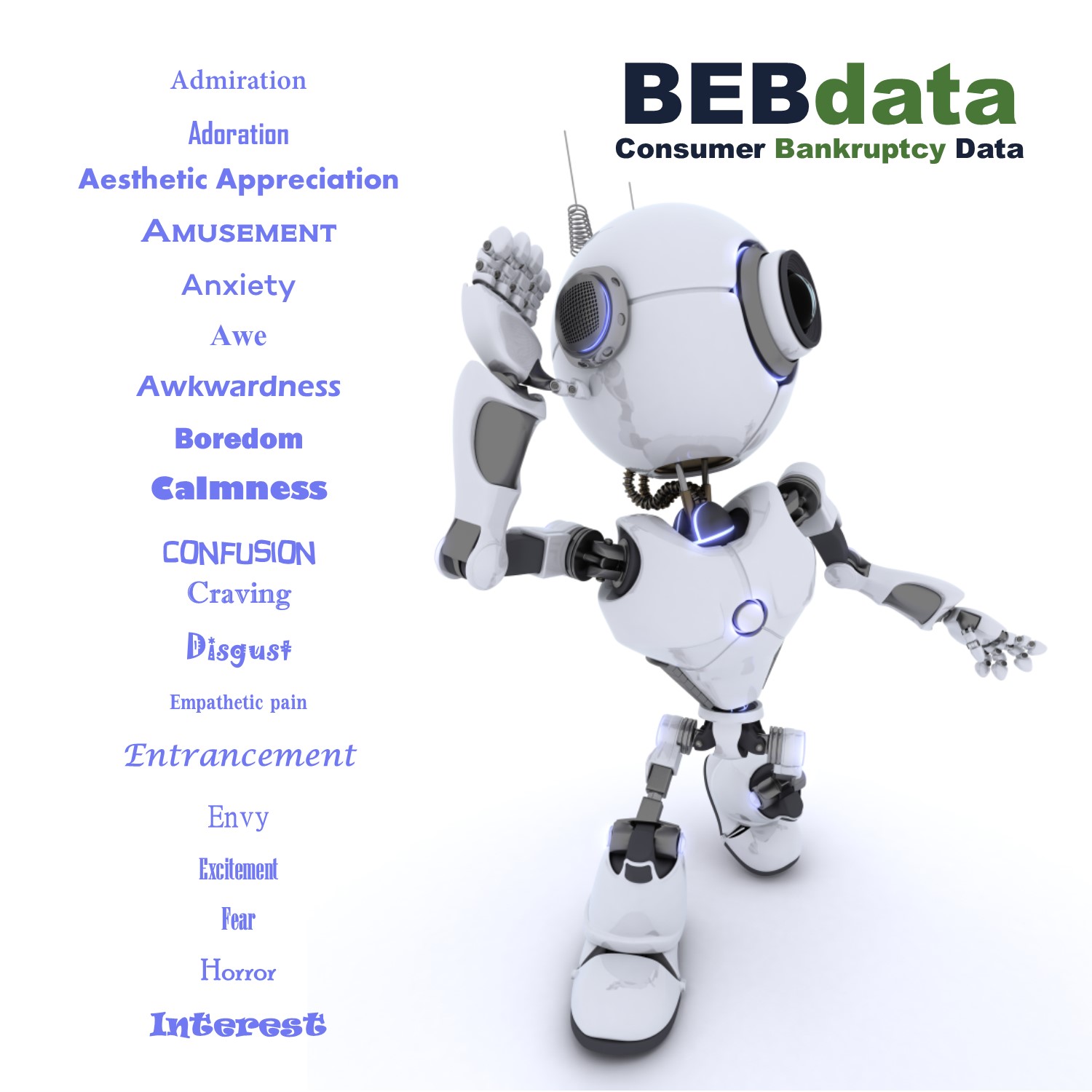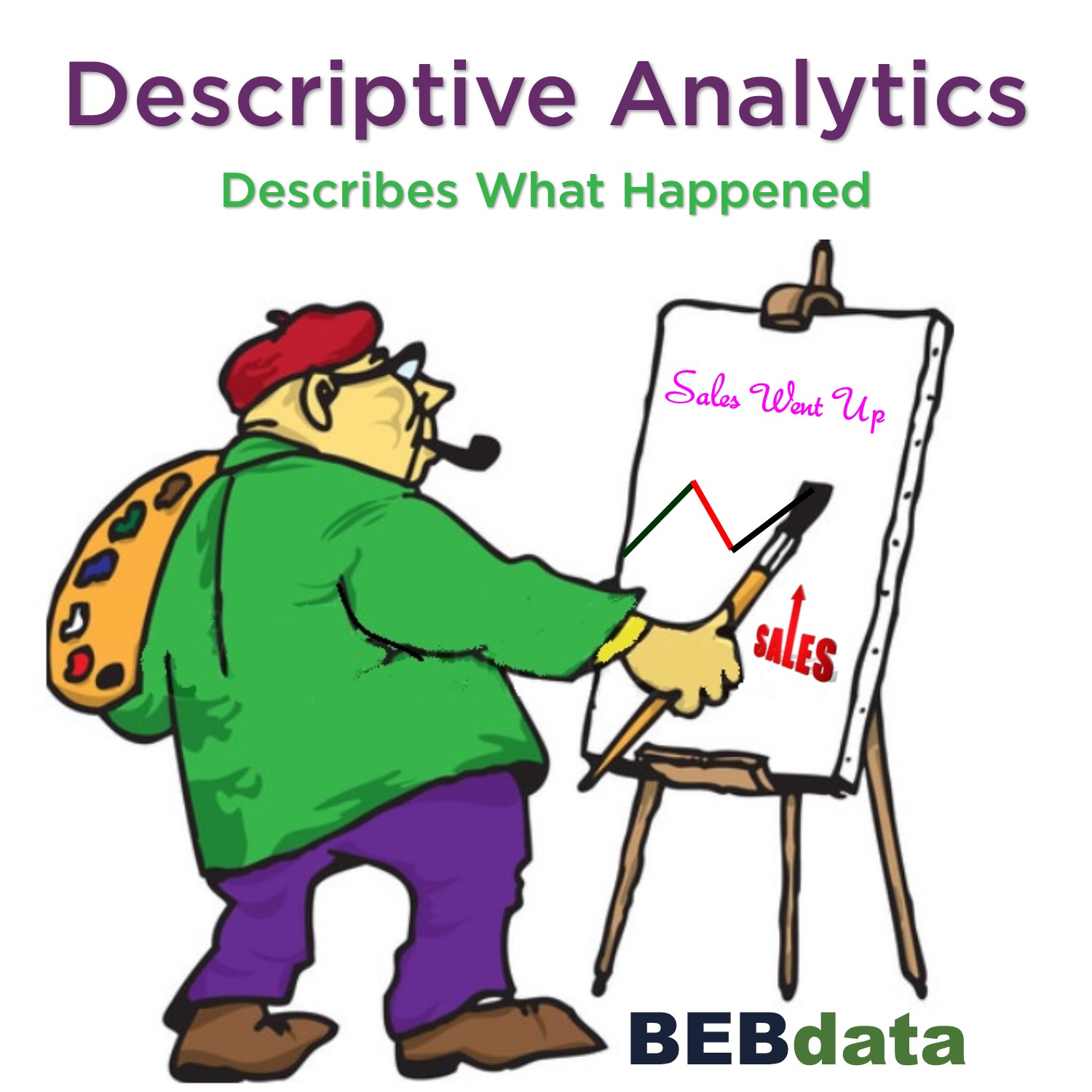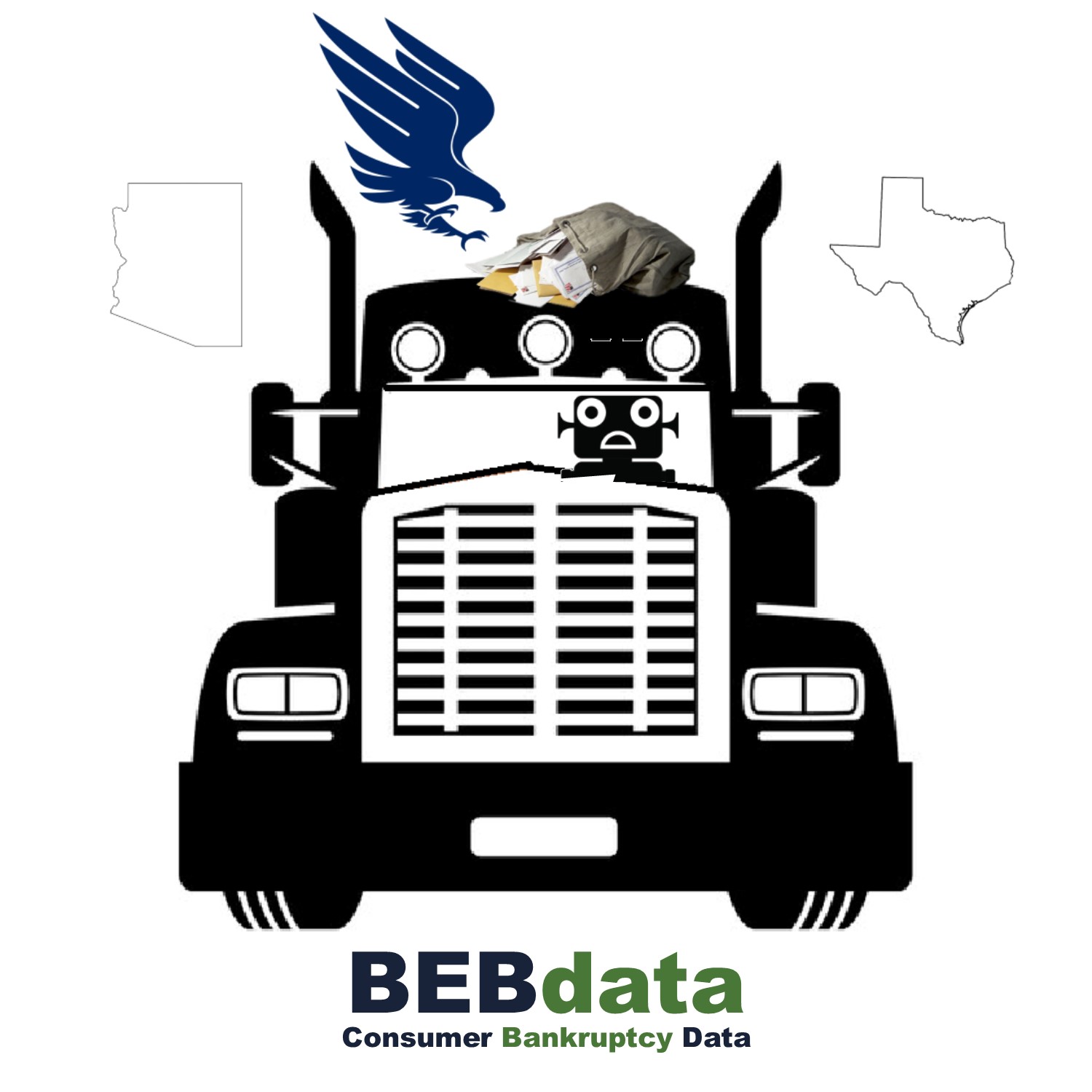 Last year, the US Postal Service entered into a contract with self-driving truck startup TuSimple to haul mail between Dallas and Phoenix. Founder, Xiaodi Hou says that this USPS pilot gives them fuel to help validate their system and expedite the technological development and commercialization progress.
Last year, the US Postal Service entered into a contract with self-driving truck startup TuSimple to haul mail between Dallas and Phoenix. Founder, Xiaodi Hou says that this USPS pilot gives them fuel to help validate their system and expedite the technological development and commercialization progress.
TuSimple completed five round trips between May 28 and June 10 of 2019 while a safety engineer and licensed driver ride along in the cab. Its Level 4 self-driving system (see below for self-driving categories defined), uses 8 cameras to detect cars, pedestrians, and other obstacles over one-half a mile away, even in inclement weather.
TuSimple’s camera-based system allows it to achieve three centimeter (1.18 inch) precision for truck positioning even in inclement weather and tunnels with real-time decision making. By keeping aware of traffic flow ahead, trucks are able to maintain a given speed more consistently than human drivers which can cut fuel consumption by as much as 15%.
The USPS has been interested in self-driving technology for a long time. In 2017, a report published by the Inspector General detailed plans to add semi-autonomous mail trucks to its fleet as early as 2025. Placed into service on 28,000 rural routes, they would free up about 310,000 postal workers to sort and deliver packages.
TuSimple has R&D labs in San Diego and test facilities in Tuscon. It expected to close out 2019 with a 200-truck fleet in the US and a 300-truck fleet in China, making it the largest self-driving truck solutions company in the world.
Later the same year, TuSimple operated several self-driving trucks for 22 hours each along the I-10, I-20, and I-30 corridors through Arizona, New Mexico, and Texas. It says freight along the I-10 corridor accounts for 60% of the US’s total economic activity. It expects its semi-autonomous trucks to be a frequent sight along that route in the months ahead.
Self-Driving Systems are categorized by five-levels:
Level 1- Driver Assistance-Under specific conditions, the car controls either the steering or the vehicle speed, but not both simultaneously. The driver performs all other aspects of driving and has full responsibility for monitoring the road and taking over if the assistance system fails to act appropriately. Cruise control is Level 1
Level 2- Partial Automation- The car can steer, accelerate, and brake only in certain circumstances. Maneuvers such as responding to traffic signals or changing lanes largely fall to the driver, as well as scanning for hazards.
Level 3- Conditional Automation-The car is able to manage most aspects of driving, including monitoring the environment. The system prompts the driver to intervene when it encounters a scenario it can’t navigate. The driver must be available to take over at any time.
Level 4 -High Automation-The vehicle can operate without human input or oversight but only under select conditions defined by factors such as road type or geographic area. In a shared car restricted to a defined area, there may not be any. But in a privately owned Level 4 car, the driver might manage all driving duties on surface streets then become a passenger as the car enters a highway.
Level 5- Full Automation-The vehicle can operate on any road and in any conditions a human driver could negotiate.
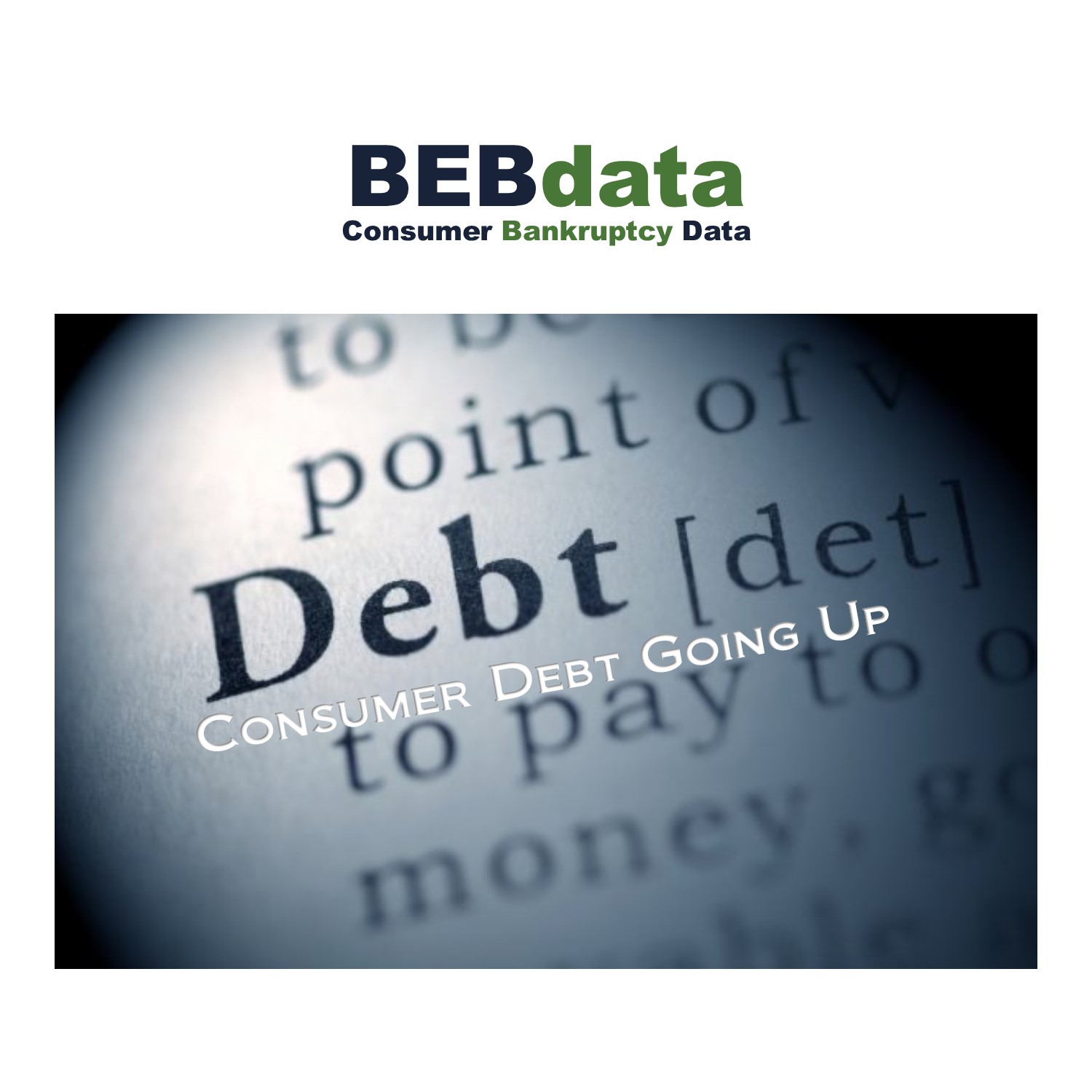 U.S. consumer debt grew in February by the most in seven months with a rise in non-revolving loans, prior to the coronavirus pandemic.
U.S. consumer debt grew in February by the most in seven months with a rise in non-revolving loans, prior to the coronavirus pandemic.
